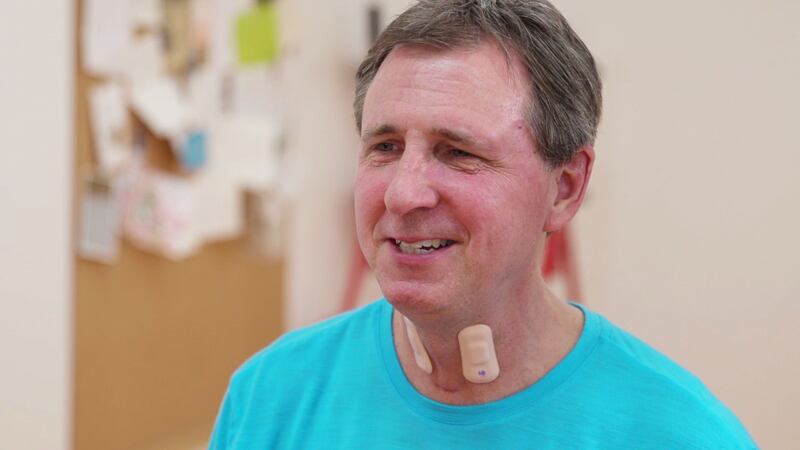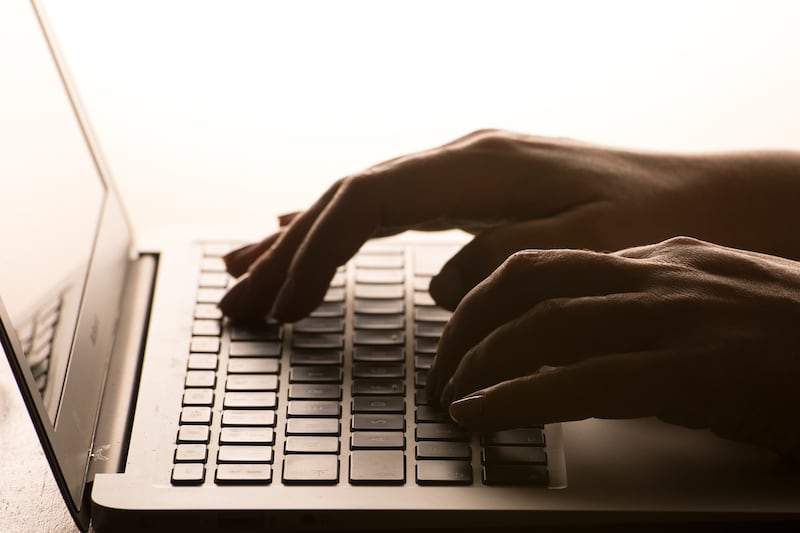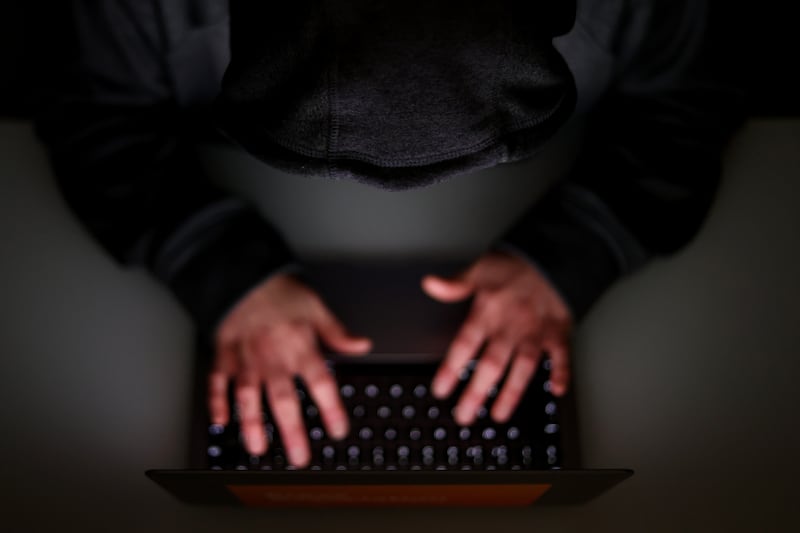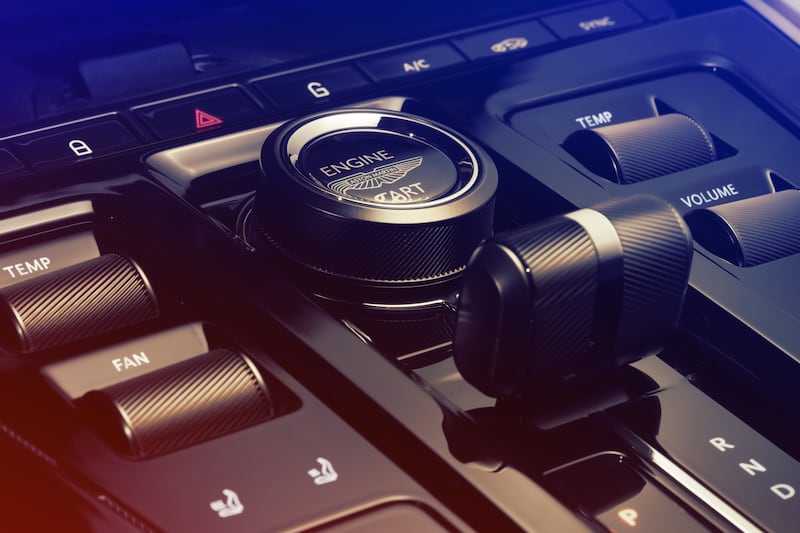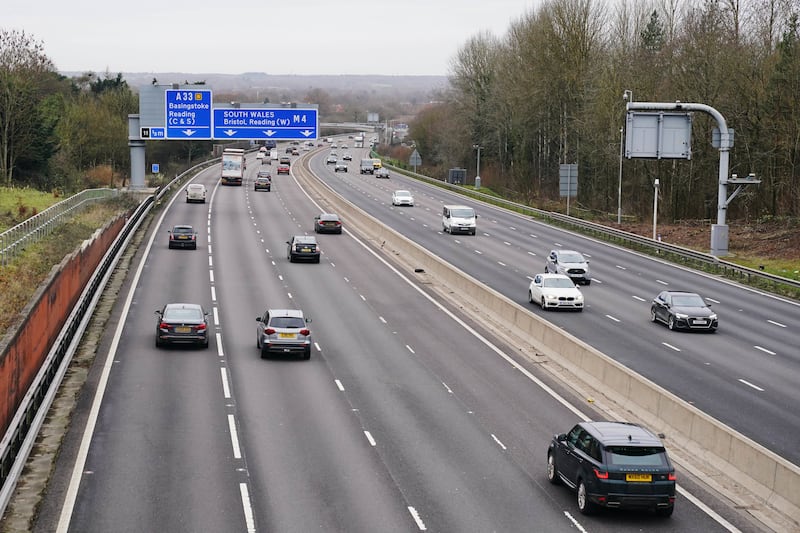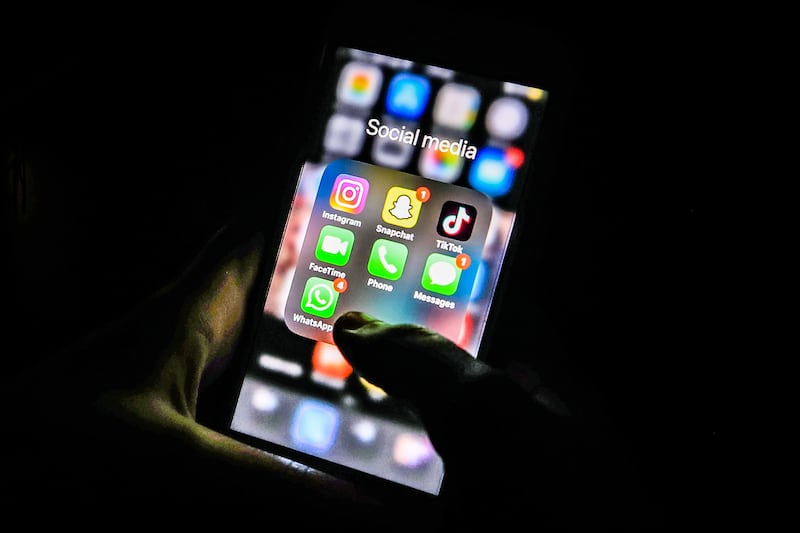A new wearable has been created by a team of researchers which can help in the diagnosis and treatment of a disorder associated with strokes.
Scientists from Northwestern University in the US created a stretchable patch that is worn on the throat and is used to measure a patient’s ability to swallow and patterns of speech.
The bandage-like sensor is used to detect signs of aphasia, a condition brought about by injury to the brain – most commonly caused by a stroke.
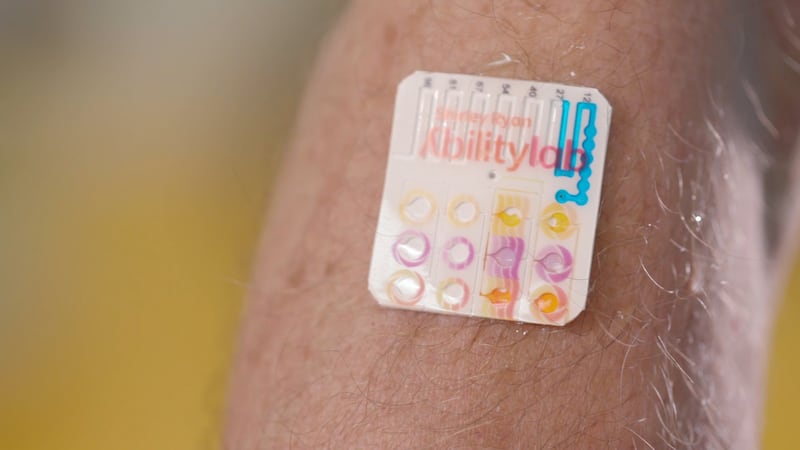
The sensor is being used by doctors at the Shirley Ryan AbilityLab, a research hospital in Chicago to monitor patient recovery from a stroke.
The team behind it say it marks a step forward on current methods to monitor patient speech – for example microphones – because those tools struggle to distinguish between patient voices and ambient noise.
Engineering professor John A Rogers, whose lab at the university was used to develop the wearable, said: “Our sensors solve that problem by measuring vibrations of the vocal cords.
“But they only work when worn directly on the throat, which is a very sensitive area of the skin. We developed novel materials for this sensor that bend and stretch with the body, minimising discomfort to patients.”
Shirley Ryan AbilityLab is also using other sensors developed in professor Rogers’ lab on other parts of patients’ bodies to get a wider view of patient recovery.
“One of the biggest problems we face with stroke patients is that their gains tend to drop off when they leave the hospital,” hospital research scientist Arun Jayaraman said.
“With the home monitoring enabled by these sensors, we can intervene at the right time, which could lead to better, faster recoveries for patients.”
As part of doctor monitoring of patients, the data gathered by the sensors can be accessed via a dashboard on mobile devices and computers, enabling doctors to track patient metrics in real time.
The research using the technology has been presented at a meeting of the American Association for the Advancement of Science (AAAS), and the university and hospital are now working on using the sensors to monitor patients with other conditions, for example Parkinson’s disease.
